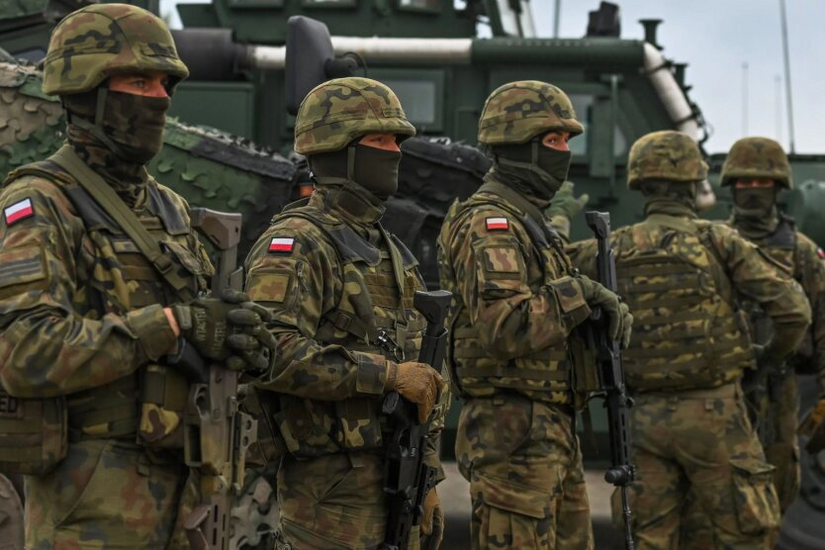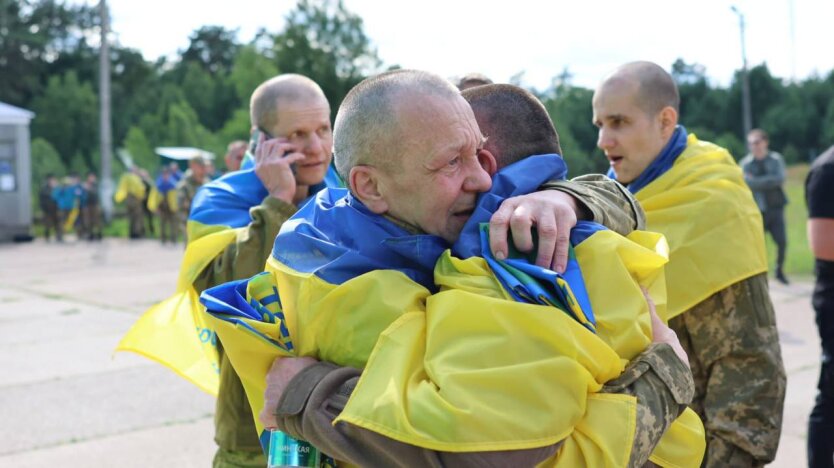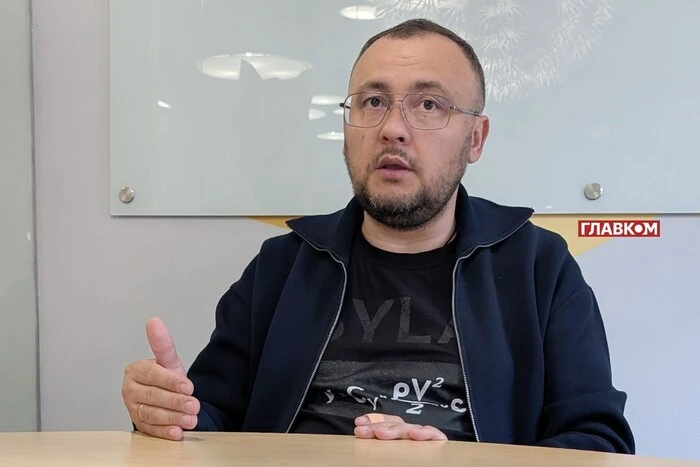Eastern Shield: Poland drills possible invasion scenario by Russia and Belarus.


In Poland, training exercises have begun under the national program "Eastern Shield", aimed at defending the country from a possible invasion by Russia and Belarus. The program involves increasing counter-sabotage capabilities and building infrastructure for the defense of border areas.
The program plans to improve detection, warning, and tracking systems using a network of base stations, advanced operational bases, and strike systems. Additionally, anti-tank ditches, underground mines to destroy roads and bridges, and reinforced drainage channels will be constructed.
"To ensure troop mobility, the program includes, for example, the accumulation of bridge structures near water obstacles and the preparation of deployment areas with approaches. There is also a plan to adapt the load-bearing capacity of some engineering structures to the weight of equipment", the report states.
It is noted that during the exercises, the military will practice various defense elements, such as enemy detection, border crossing, engaging in firefights, attempting to bypass obstacles, and evacuating damaged equipment.
The "Eastern Shield" project was approved by the Council of Ministers in June. This program envisages the creation of defense infrastructure on NATO's eastern flank to counter threats from Belarus and Russia, with $2.5 billion allocated for this purpose by 2028.
Read also
- The Pentagon responded to whether the States have information about Iran's hidden uranium stockpile
- EU Summit: What was decided regarding sanctions against the Russian Federation, negotiations with Ukraine on accession, and financial support
- Another stage of prisoner exchange: Ukrainians who had been in Russia for over three years have returned home
- Rear regions created a strategic reserve for the groupings 'Khortytsia' and 'Tavriya' - OP
- Who stopped the exhumation? Ambassador reported the details of the information diversion arranged by Russians in Poland
- NATO General Explains How the 'Korean Model' Could Work in Ukraine










